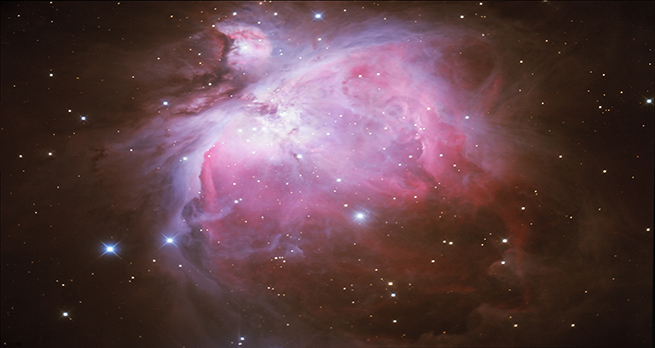Orion Glossary
Browse the glossary using this index
Special | A | B | C | D | E | F | G | H | I | J | K | L | M | N | O | P | Q | R | S | T | U | V | W | X | Y | Z | ALL
A |
|---|
accretion discA flow of matter that is largely confined to a plane and that is spiralling in towards a central object. | |
angular sizeThe angle between two lines drawn from an observer’s eye to opposite sides of the object being observed. | |
asteroid beltA region between Mars and Jupiter in which most asteroids reside in stable orbits. Also called main belt. | |
AstrologyThe study of the movements and relative positions of celestial bodies claimed as having an influence on human affairs and the natural world. Astrology is not a science. | |
AstronomyAstronomy is the scientific study of stars, space, and the physical universe as a whole. | |
atomThe building block of chemistry comprising a tiny, dense, positively charged atomic nucleus (which can contain both protons and neutrons) with circulating negatively charged electrons equal in number to the number of protons in the nucleus. | |
